How Will You Celebrate Strawberry Season?
Host a strawberry party, go berry-picking, or make strawberry shortcake.
THIS ARTICLE IS ADAPTED FROM THE MAY 4, 2024, EDITION OF GASTRO OBSCURA’S FAVORITE THINGS NEWSLETTER. YOU CAN SIGN UP HERE.
I’ve had strawberries on my mind lately. We just wrapped up “Rites of Spring,” a week where Atlas Obscura explores how people around the world celebrate the end of winter. I wrote about the custom of strawberry parties, a 19th-century festivity where people danced, played games, and gorged themselves on the fresh fruit before it could go out of season.
Unlike a lot of the customs we write about, strawberry parties are still around. Strawberry-growing regions often host festivals to celebrate the harvest, and churches in my hometown sold strawberry shortcake during fundraisers. Long before I had ever heard of strawberry parties, my family had a tradition of making strawberry shortcake for dinner once a year in the spring, using the tiny, sweet farmers-market strawberries, instead of the sour grocery store variety available year-round.

Over the years, we’ve written a lot about strawberries at Gastro Obscura. Besides being delicious and beautiful, they’re a fruit with a fascinating history. This spring we’re celebrating the season by diving into all things strawberry.
The Origins of the Strawberry

Europe has its own native strawberries, but for a long time, they weren’t cultivated. Instead, these tiny fruits, no bigger than a blueberry, grew wild in the forest.
By the 14th century, European gardeners had begun growing strawberries, but they were still extremely small fruits. That changed in the 1700s. Most people know that corn, potatoes, tomatoes, and chili peppers came from the Americas. But the garden strawberry that we see in stores today is also from the Americas, being a cross between the North American Virginia strawberry and Chile’s white strawberry.
According to Mike Allen, who wrote the Gastro Obscura story “The 18th-Century Spy Who Gave Us Big Strawberries,” ancient Chilean gardeners carefully bred white strawberries to an enormous size. Said French spy, Amédée François Frézier, was the one who took five of these plants back to Europe in 1714.
The Virginia strawberry was bright red and sweet, and the Chilean strawberry could sometimes grow as large as an egg. In European garden beds, the two fruits crossed, resulting in the strawberry we’re familiar with today.
The wild Virginia strawberry is still a fairly common sight across the United States and Canada. Not so for the white Chilean strawberry. Though farmers in Chile still cultivate them, their short growing season and fragility has made them increasingly rare.
Strawberry Towns
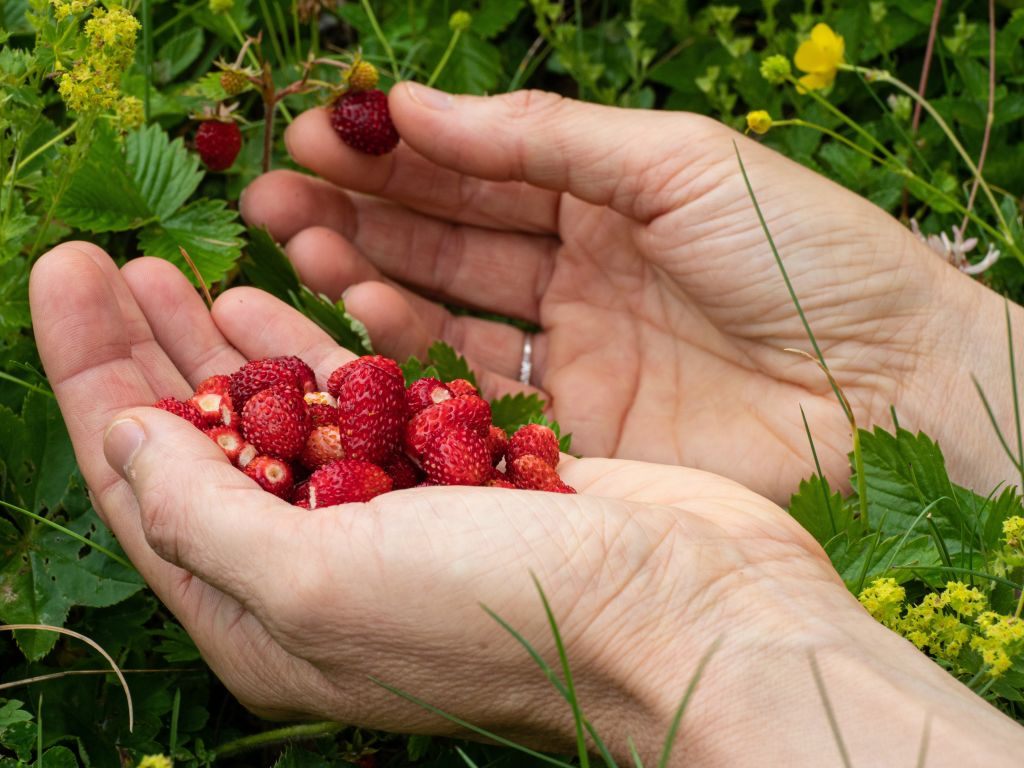
In the 19th century, people held strawberry parties outdoors, often gathering the fruit themselves from the woods or garden beds. Going to pick strawberries is still a popular pastime today, whether in the misty fields of California’s Half Moon Bay or amongst the hanging strawberry gardens of Đà Lạt in Vietnam. Many of these places become tourist spots, including Mahabaleshwar in India, where visitors go on strawberry-field tours, and the Tochigi Prefecture in Japan, where people go to pick Japan’s favorite strawberry, the Tochiotome.
Some places have even built giant strawberry statues to advertise their local crop. At the Strawberry Drive-In in the Netherlands, three giant strawberry statues in a field lure drivers to a window where they can buy strawberry waffles, ice cream, and fruit to take home. Three different American towns claim to display the world’s largest strawberry statue, though only one—Poteet, Texas—has a significant strawberry industry.
What’s With Shortcake, Anyway?
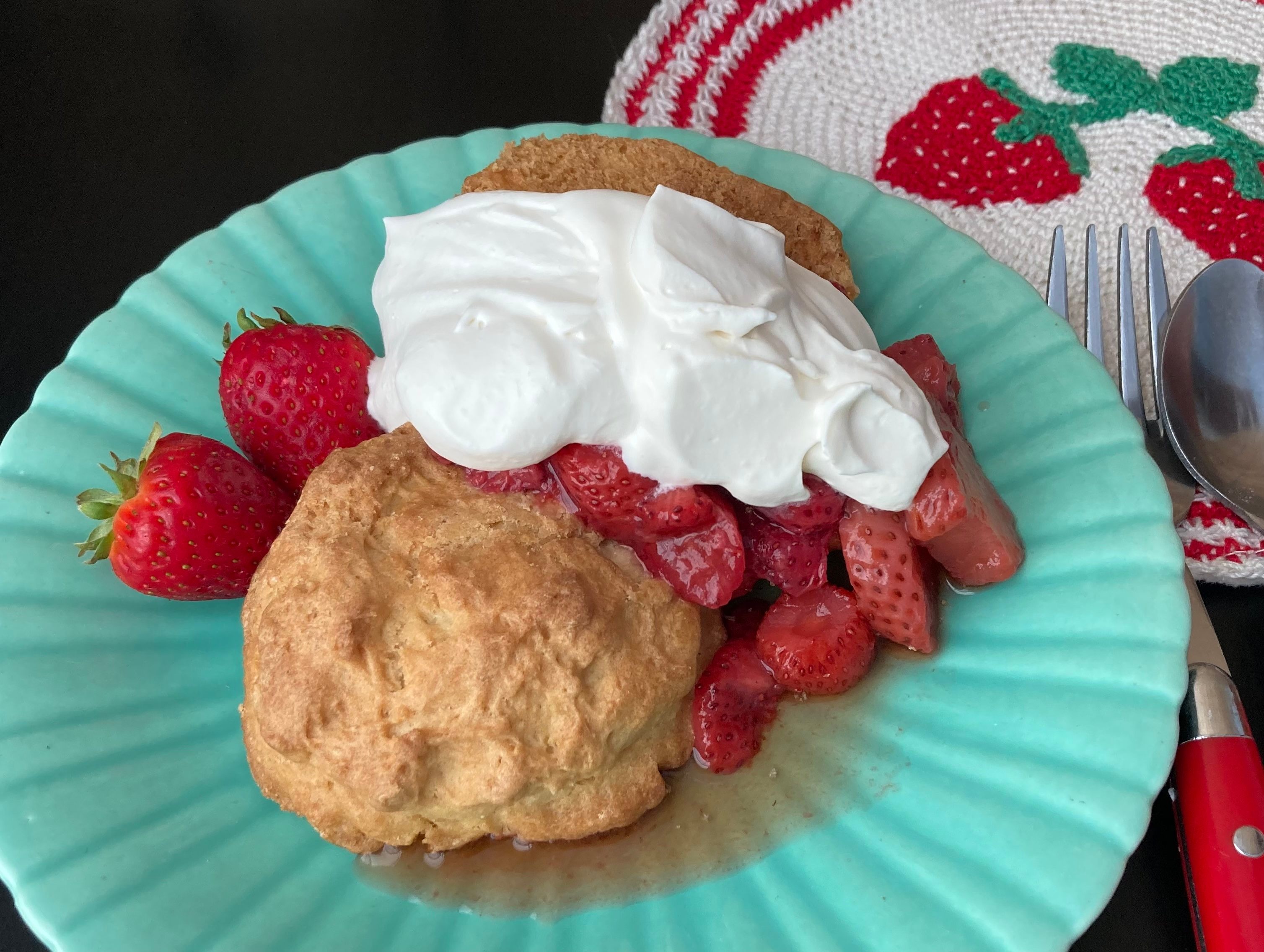
As I mentioned earlier, I make strawberry shortcake around this time every year. Often, grocery stores will sell baskets of strawberries next to angel food cakes, or packets of small cakes with slight hollows on top for the fruit. But in my family, we’ve always piled sliced, macerated strawberries and whipped cream on top of biscuits, instead of any kind of cake.
Then why, you might ask, is this third (and popular) option still called short “cake”? In The Diner’s Dictionary, lexicographer John Ayto writes that shortcake is “a term of dismaying diversity. Its application varies widely from place to place and over time, and the only common factor is the use of shortening—butter or lard—to make it soft or crumbly.” Buttery biscuits are, then, a kind of shortcake.
Recipes for shortcake first appeared in English cookbooks in the 16th century, but strawberry shortcake was destined to become a favorite treat in the United States. According to The Oxford Companion to Sugar and Sweets, an 1835 American magazine described this dessert, which was popular in New England, to its readers: “a short-cake is made, and while hot is cut open, and strawberries sweetened with sugar are put in. This cake is said to be delicious.” That description sounds pretty close to how strawberry shortcake is still eaten today across the country, though most people would add whipped cream or even ice cream to the shortcake and berries.
I’m not much of a shortcake snob, but the slightly salty biscuits add a nice contrast to the sweet berries and whipped cream, and the crisp edges keep the whole dessert from quickly turning into a floppy mess. But the cake you use will never be as important as the strawberries on top. Whether you pick them yourself or buy them from the store, aim for the sweetest, smallest fruits you can find.
Gastro Obscura covers the world’s most wondrous food and drink.
Sign up for our regular newsletter.



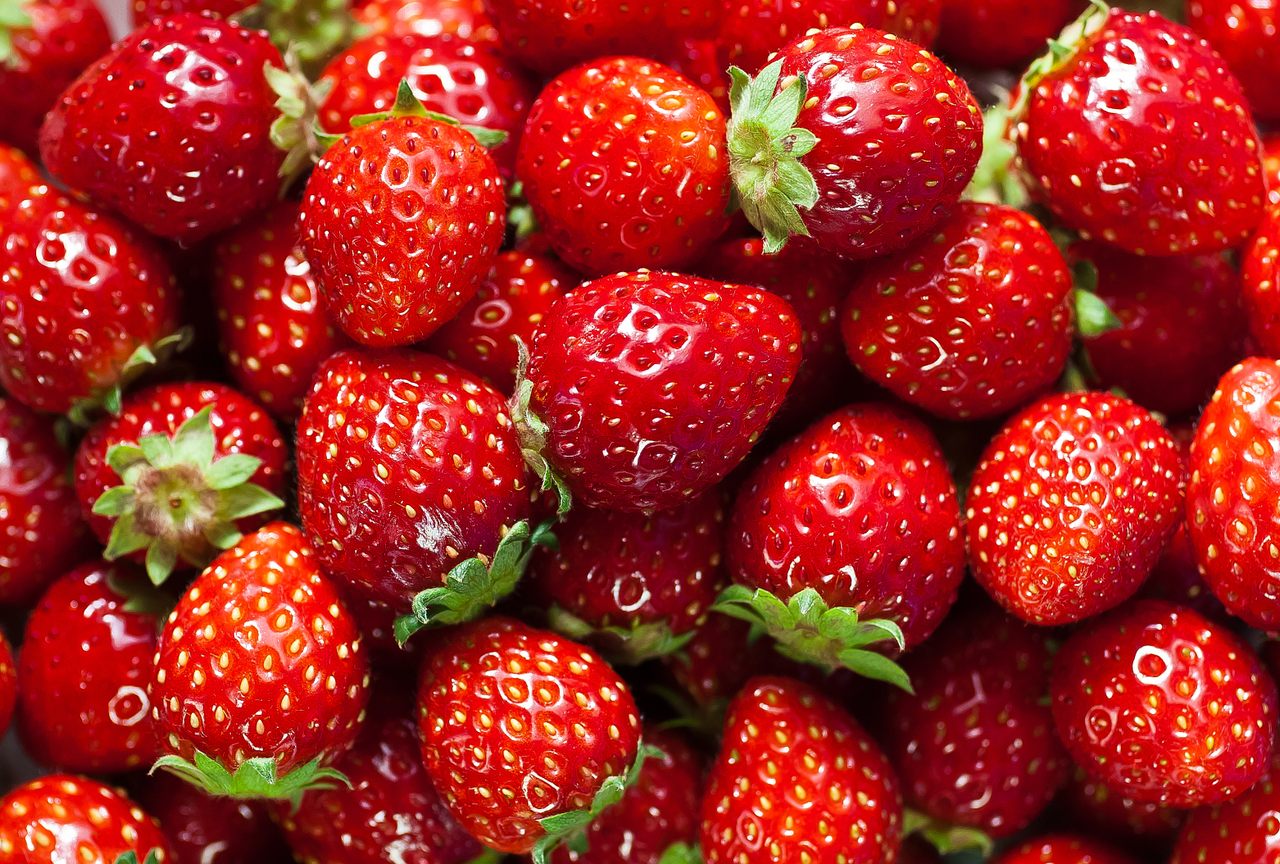
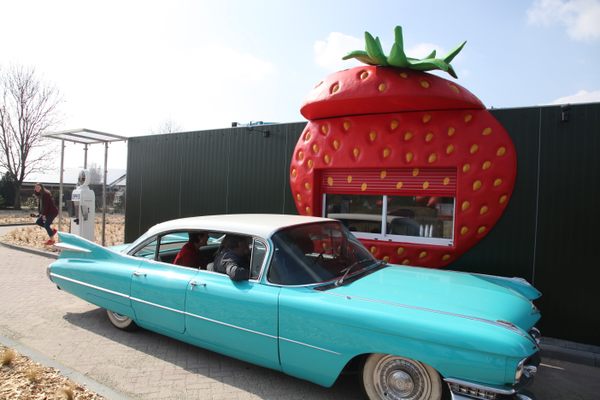




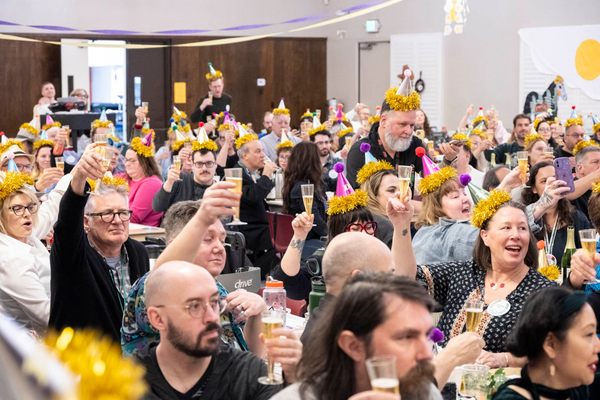

























Follow us on Twitter to get the latest on the world's hidden wonders.
Like us on Facebook to get the latest on the world's hidden wonders.
Follow us on Twitter Like us on Facebook